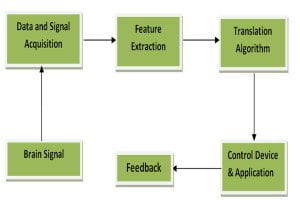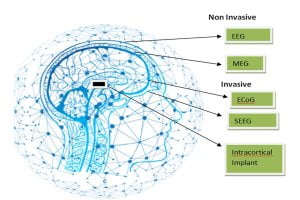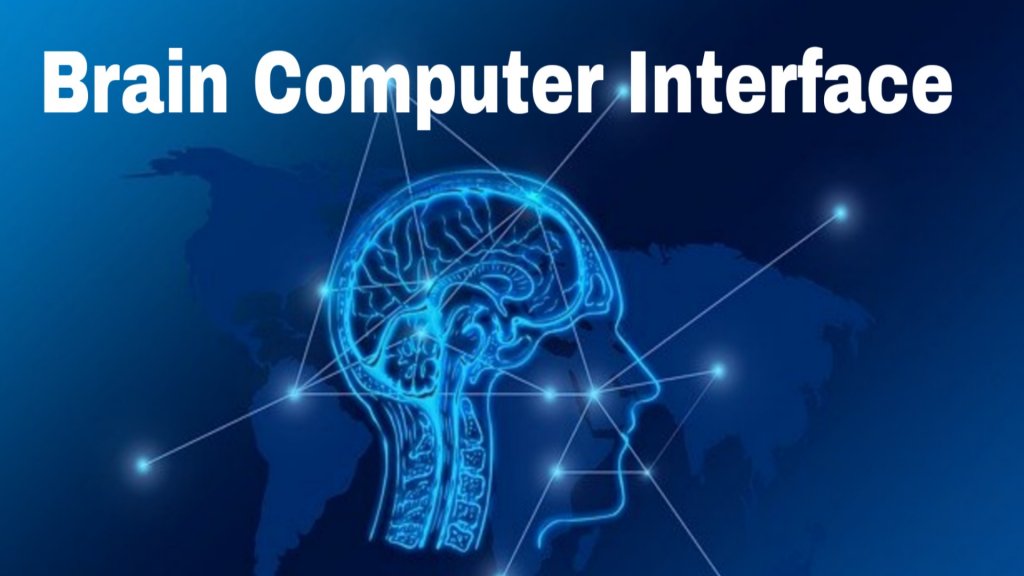Introduction
Brain-computer interface basically a brain computer interface is a system that measures activity of the central nervous system and converts it into artificial output that replaces restores enhances supplements or improves natural central nervous system outputs.
Brain computer interface improve many functions of human.
Replace lost functions such as speaking or moving they also may restore the ability to control the body such as by stimulating nerves or muscles that move the hand they have also been used to improve and enhance many functions brain computer interface utilize many techniques for measuring the brain activity.
Different Techniques
- Electroencephalography(EEG).
- Functional magnetic resonance imaging (FMRI).
- Magneto Encephalography(MEG).
- Intracortical Neuron Recording.
- Electrocorticography(ECoG).
- Near Infra-Red spectroscopy(NIRS).
- Positron Emission Tomography(PET).
Basic Block Diagram of Brain Computer Interface

Basic block diagram for brain computer inter face which consists of three major components such as signal or data acquisition signal processing unit and output device these components control the overall activity of the devices working of brain computer interface based on the block diagram we saw that different components are control the activity of the system each system have different functions For Example Signal acquisition unit.
Working
Signal Acquisition
- EEG
- ECog
Signal acquisition in a brain computer interface helps in the measurement of brain signals using a sensor modality the sensor is basically a device implanted in the brain usually multi-electrode arrays that records the signals directly related to the movement the signals can be amplified to levels suitable for electronic processing and then filtered with suitable filters and the filtered signals can be digitized and transmitted to a computer.
Extraction
Analyze the digital signals to distinguish signal characteristics and represent them in a suitable form for translation into output commands.
Feature Translation
Then resulting signal features are passed to the feature translation algorithm for the output device based on the commands output device brain computer interface providing functions and also the device operation then provides feedback to the user.
Types of Brain Computer Interface (BCIs)
There are three main types based on the intercept the electrical signals that pass between neurons in the brain and translate them to a signal sensible by external device.
- Invasive Brain Computer Interface
- Partially Invasive Brain Computer Interface
- Non-Invasive Brain Computer Interface

Invasive types generally use electrodes that are implanted directly into the gray matter of the brain during Neuron Surgery so it can produce the highest quality signal.
Non-Invasive technique medical scanning devices or sensors are mounted on caps or headbands and they help to read the brain signals in partially invasive type use electrodes that are mainly implanted in the skull and exterior to the brain applications of brain computer interface some of the brain computer interface products are:-
- Brain Gate Implant
- Neural Impulse Actuator
- Bionic eye
- Deep Brain Stimulator
- Artificial Arm
- Electronic Pill
- Powered Exoskeleton.
